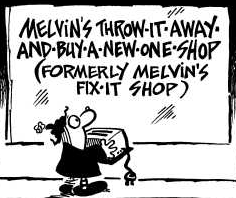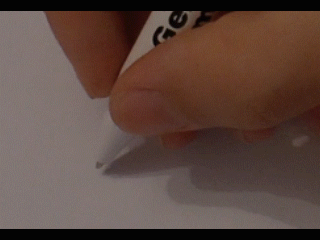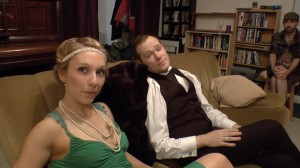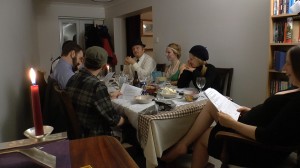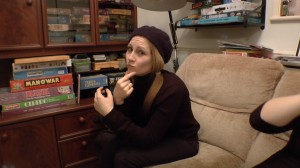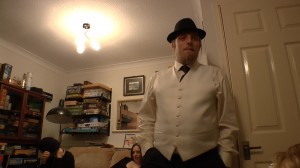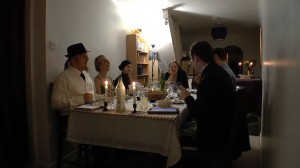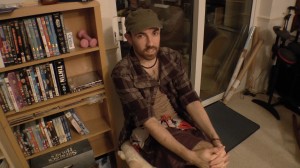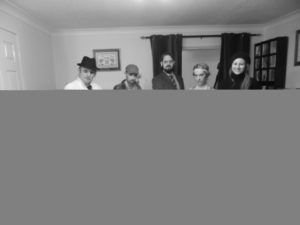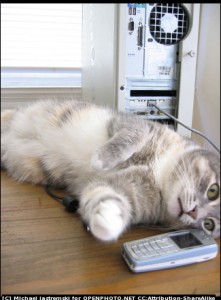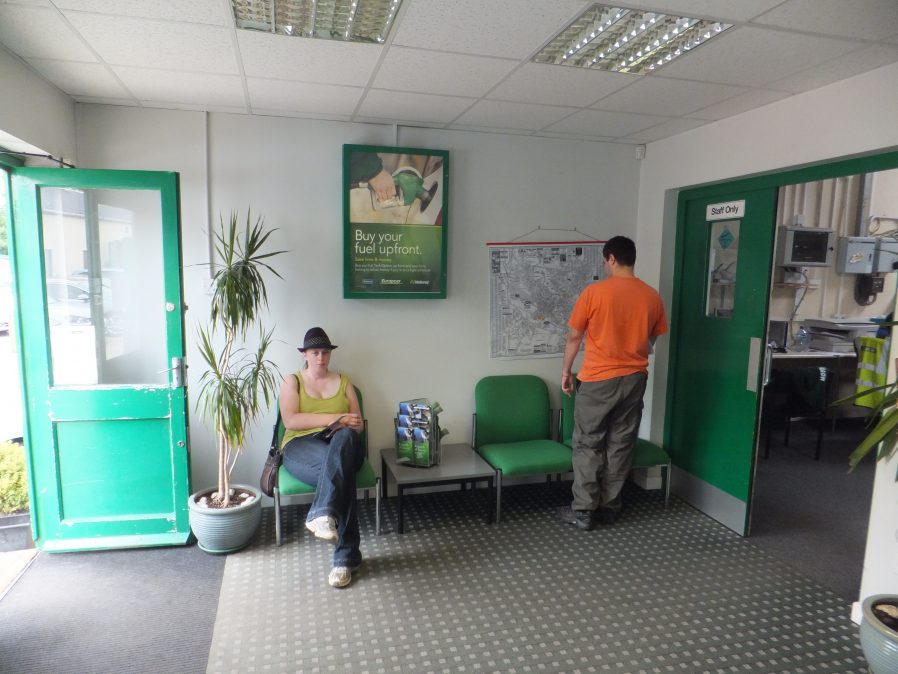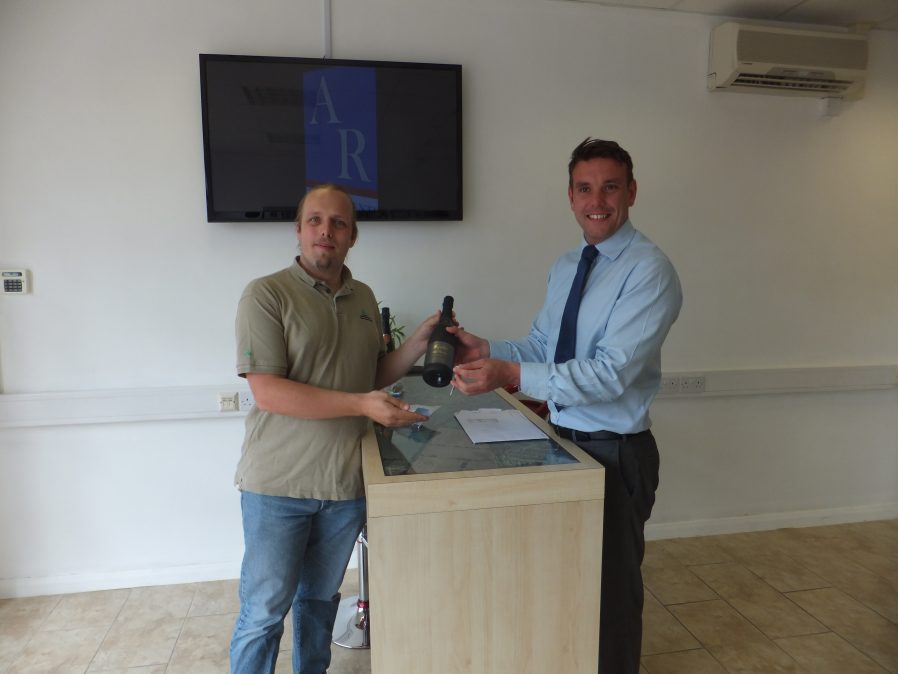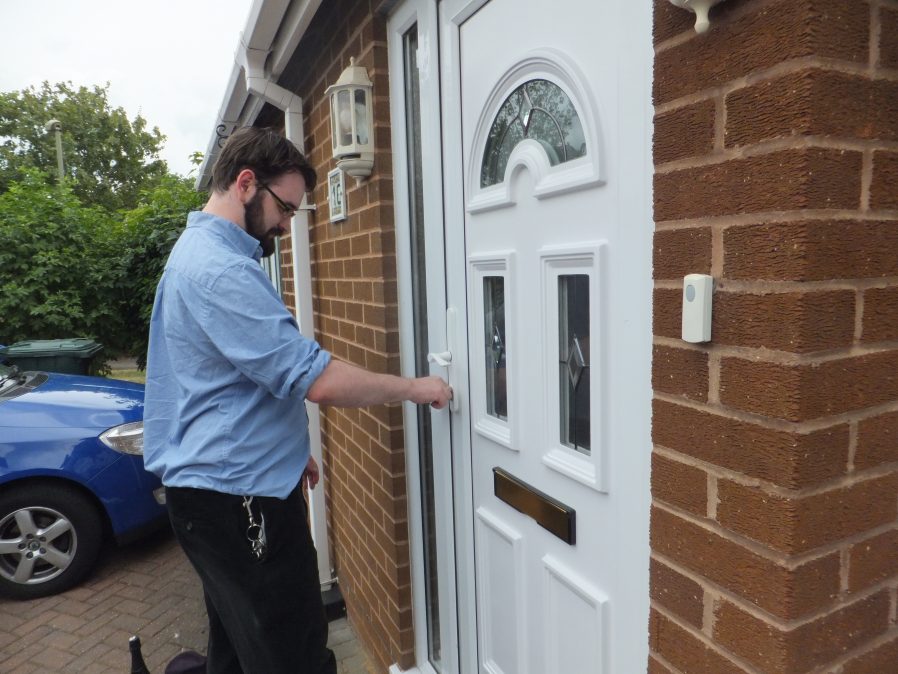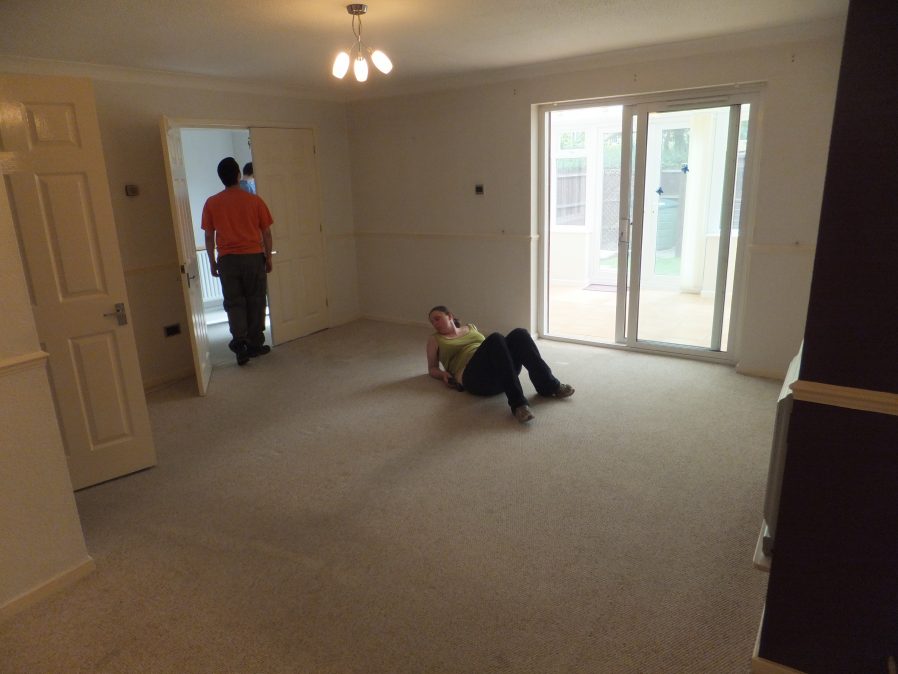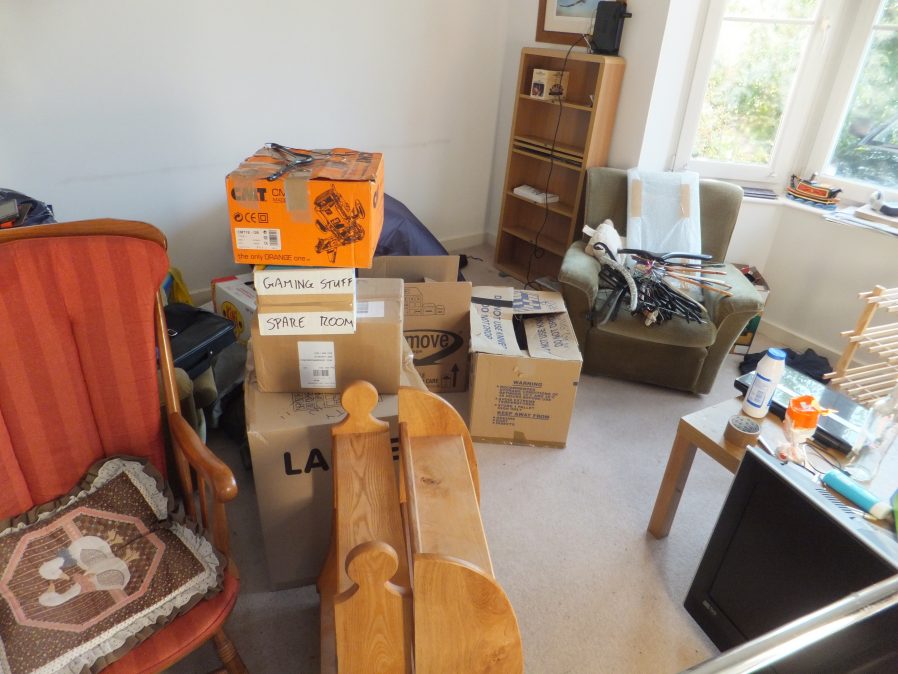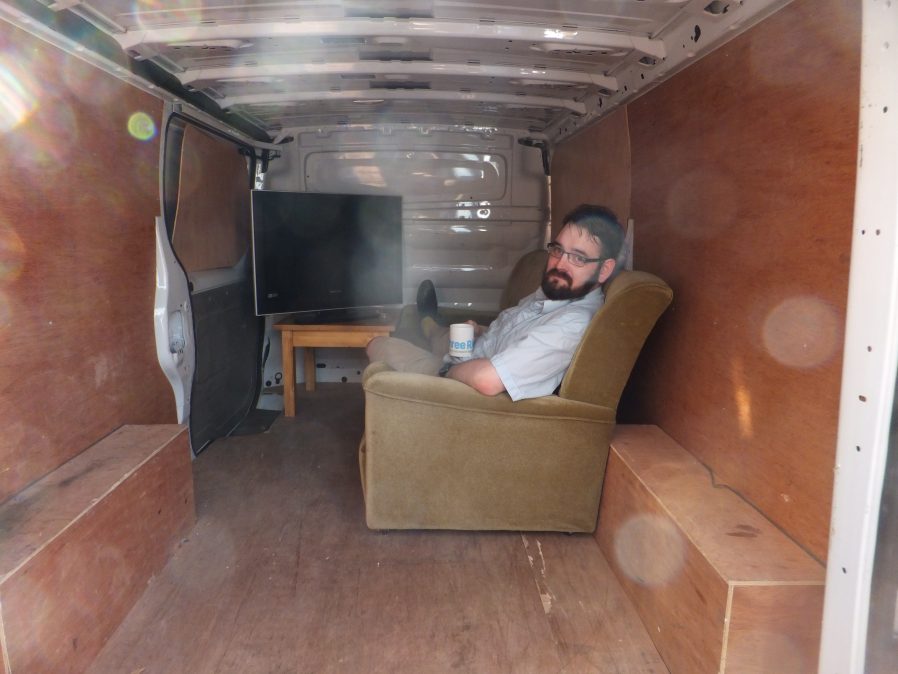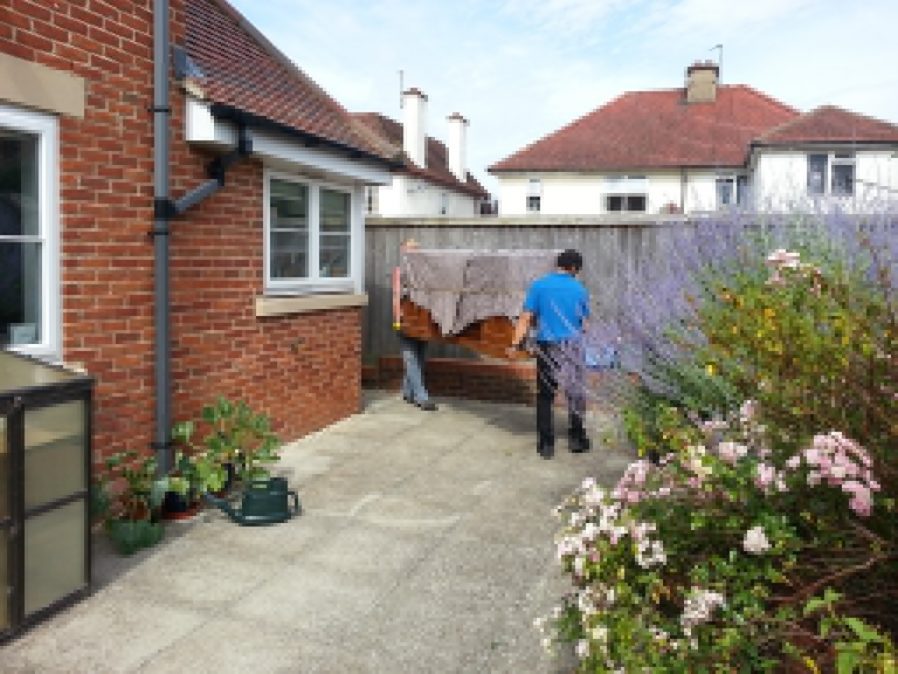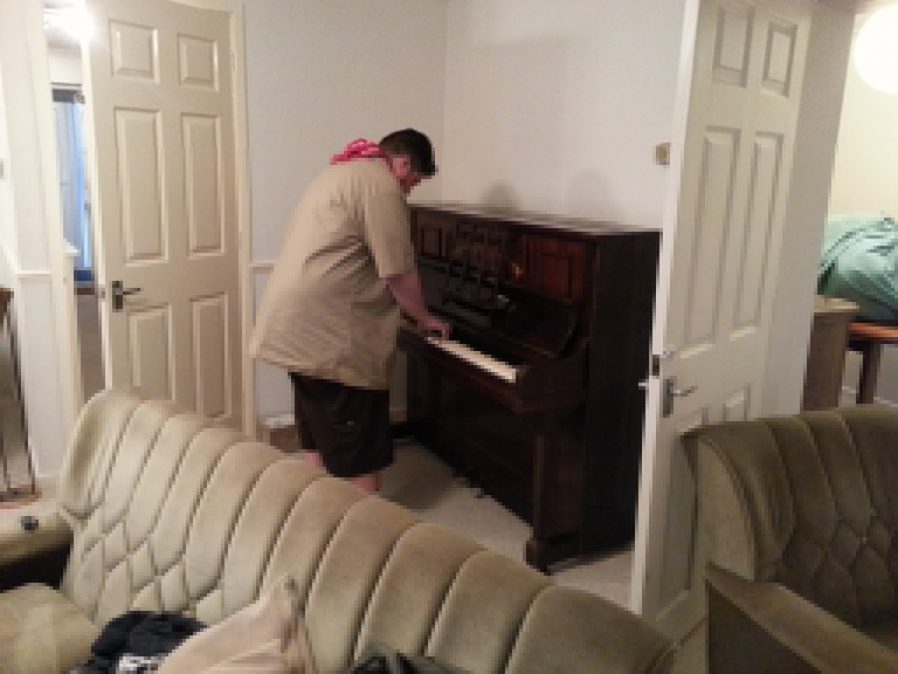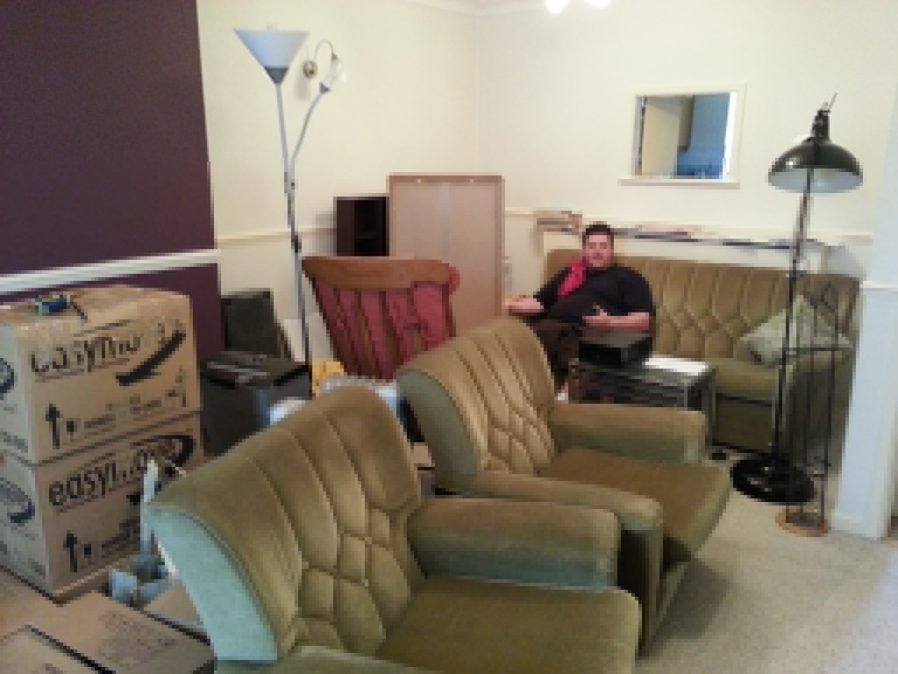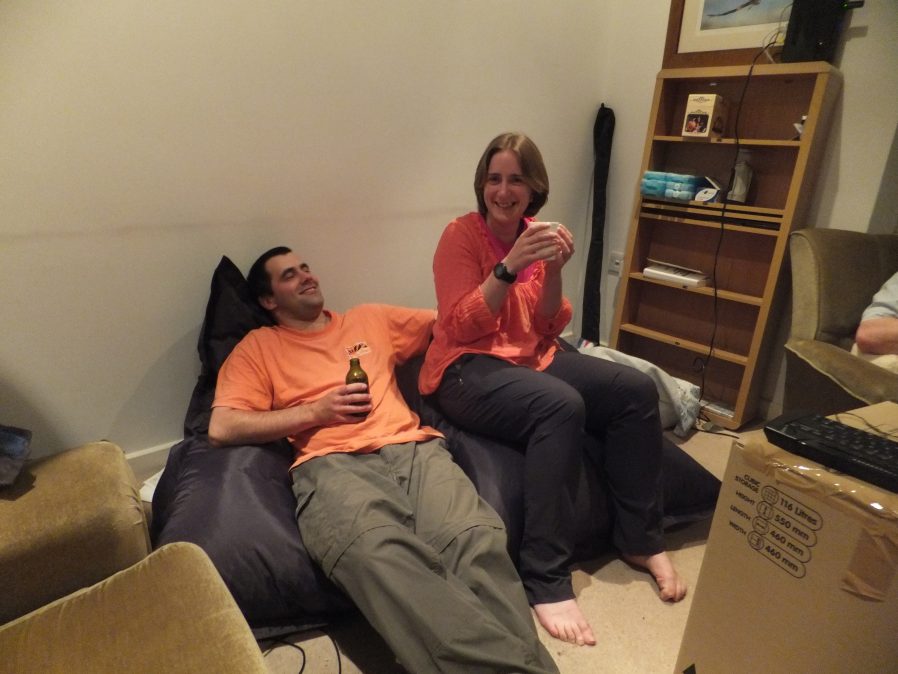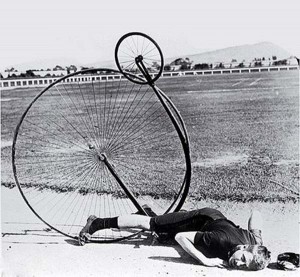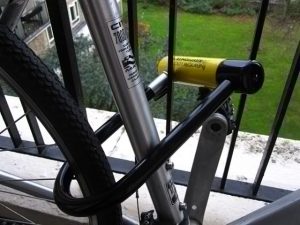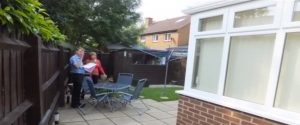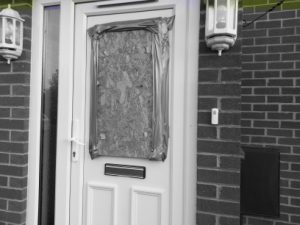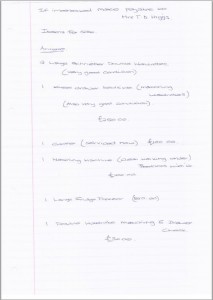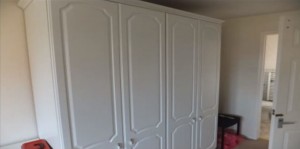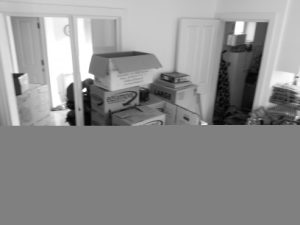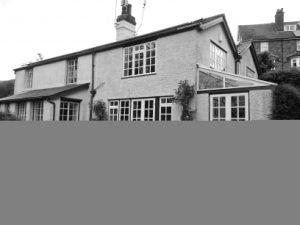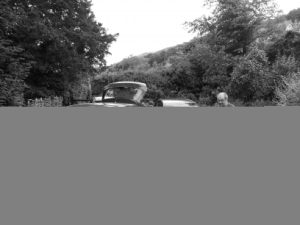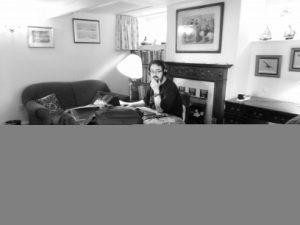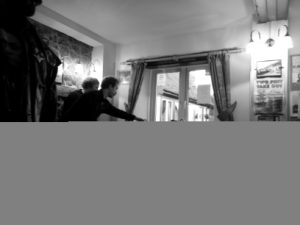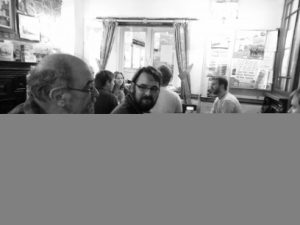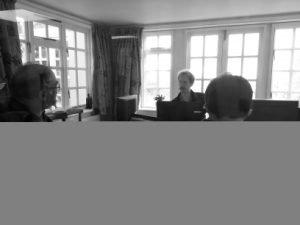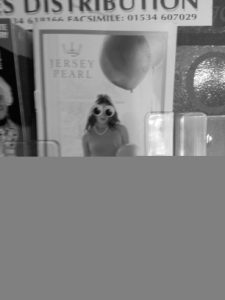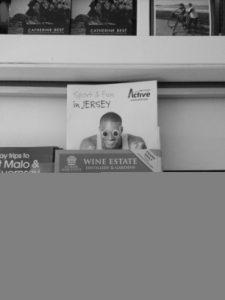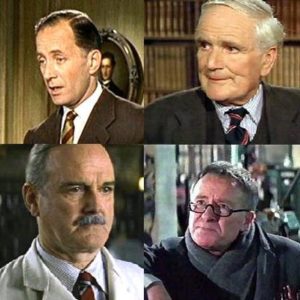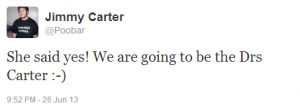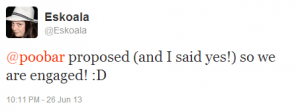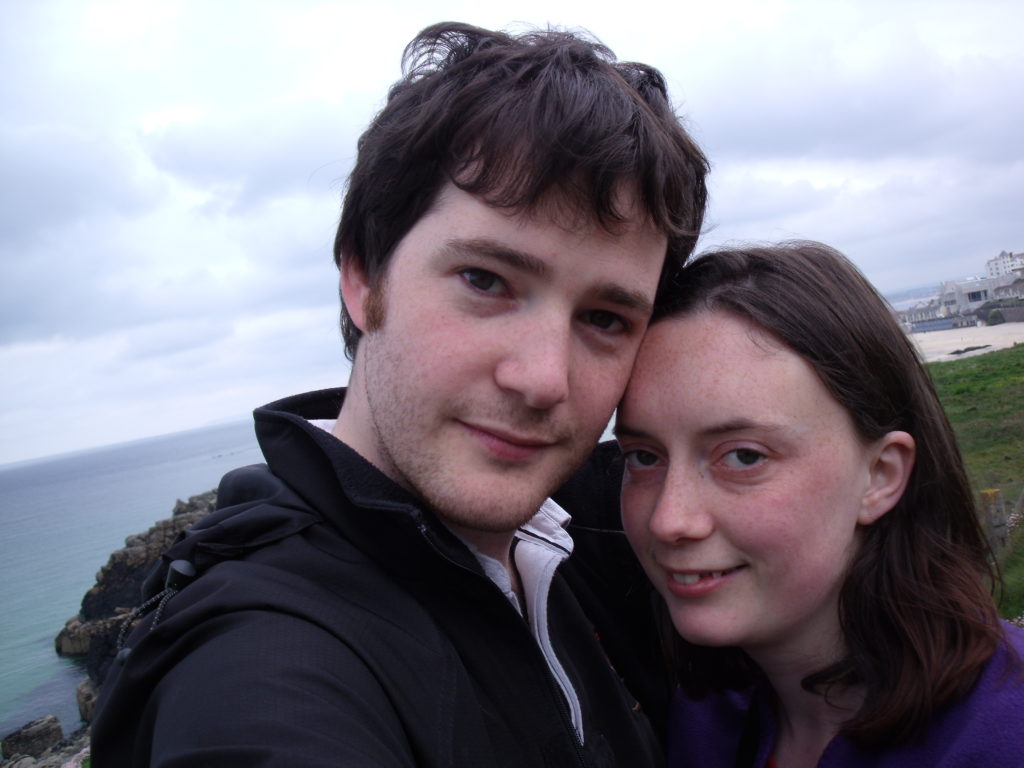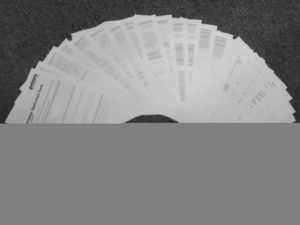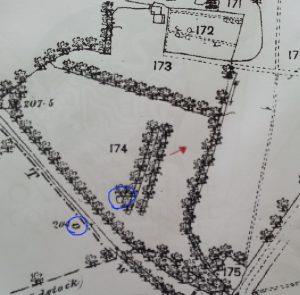I’ve had a tardy summer for blogging, falling way behind on many of the things I’d planned to write about. Perhaps the problem is that I’m still on Narrowboat Time, the timezone of a strange parallel universe in which everything happens more-slowly, in a gin-soaked, gently-rocking, slowly-crawling haze.
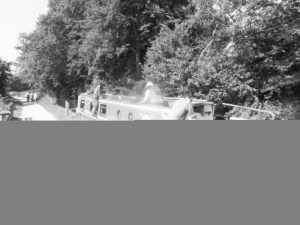
That’s believable, because this summer Ruth, JTA and I – joined for some of the journey by Matt – rented a narrowboat and spent a week drifting unhurriedly down the Monmouthshire and Brecon Canal… and then another week making a leisurely cruise back up it again.

We picked up Nerys, out of Cambrian Cruisers, who also gave us an introduction to the operation of the boat (driving it, filling it with water, pumping out sewage, generating electricity for appliances, etc.) and safety instructions (virtually all of the canal is less than four feet deep, so if you fall in, the best thing to do is to simply walk to the shore), and set out towards Brecon. In order to explore the entire canal in the time available, we needed to cover an average of only five miles per day. When you’re going at about two and a half miles per hour and having to stop to operate locks (there are only six locks on the navigable stretch of the canal, but they’re all clustered towards the upper end), though, five miles is plenty.
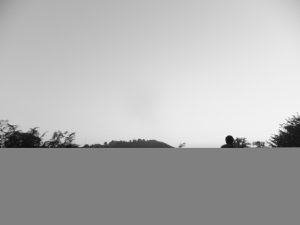
The upper end of the canal is by far the busiest, with not only narrowboats cruising up and down but a significant number of day boats (mostly on loan from Brecon) and at least one tour boat: a 50-seater that you don’t want to have to wiggle past at sharp corner North of the Bryich Aqueduct. From a navigation perspective, though, it’s also the best-maintained: wide enough that two boats can pass one another without much thought, and deep enough across its entire width that you needn’t be concerned about running aground, it makes for a great starting point for people who want some narrowboating practice before they hit the more challenging bits to the South.

Ruth was excited to find in me a driver who was confident holding the boat steady in a lock. Perhaps an expression of equal parts talent and arrogance, I was more than happy to take over the driving, leaving others to jump out and juggle the lock gates and lift bridges. Owing to Ruth’s delicate condition, we’d forbidden her from operating the entirely-manual locks, but she made sure to get a go at running one of the fancy hydraulic ones.

After each day’s cruising, we’d find a nice place to moor up, open a bottle of wine or mix up some gin-and-tonics, and lounge in the warm, late summer air.

As we wound our way further South, to the “other” end of the waterway, we discovered that the already-narrow canal was ill-dredged, and drifting anywhere close to the sides – especially on corners – was a recipe for running around. Crewmates who weren’t driving would take turns on “pole duty”, being on standby to push us off if we got too close to one or the other bank.

Each night moored up in a separate place gives a deceptive feeling of travel. Deceptive, because I’ve had hiking trips where I’ve traveled further each day than we did on our boat! But the nature of the canal, winding its way from the urban centre of Brecon out through the old mining villages of South Wales.
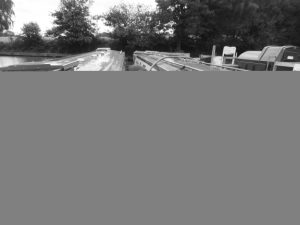
The canal, already quite narrow and shallow, only became harder to navigate as we got further South. Our weed hatch (that’s the door to the propeller box, that is, not a slang term for the secret compartment where you keep your drugs) saw plenty of use, and we found ourselves disentangling all manner of curious flora in order to keep our engine pushing us forwards (and not catching fire).
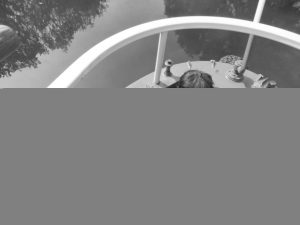
Eventually, we had to give up navigating the waterway, tie up, and finish the journey on foot. We could have gotten the boat all the way to the end, but it’d have been a stop-start day of pushing ourselves off the shallow banks and cleaning out the weed hatch. Walking the last few miles – with a stop either way at a wonderful little pub called The Open Hearth – let us get all the way to both ends of the navigable stretch of the canal, with a lot less hassle and grime.

It’s a little sad coming to the end of a waterway, cut short – in this case – by a road. There’s no easy way – short of the removal of an important road, or the challenging and expensive installation of a drop lock, that this waterway will ever be connected at this point again. The surrounding landscape doesn’t even make it look likely that it’ll be connected again by a different route, either: this canal is broken here.

I found myself remarking on quite how well-laid-out the inside of the narrowboat was. Naturally, on a vehicle/home that’s so long and thin, a great number of clever decisions had clearly been made. The main living space could be converted between a living room, dining room, and bedroom by re-arranging planks and poles; the kitchen made use of carefully-engineered cupboards to hold the crockery in place in case of a… bump; and little space-saving features added up all along the boat, such as the central bedroom’s wardrobe door being adaptable to function as a privacy door between the two main bedrooms.
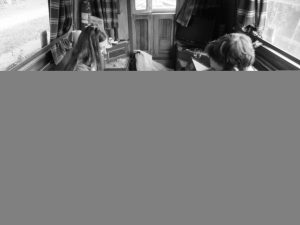
On the way back up the canal, we watched the new boaters setting out in their narrowboats for the first time. We felt like pros, by now, gliding around the corners with ease and passing other vessels with narry a hint of a bump. We were a well-oiled machine, handling every lock with ease. Well: some ease. Unfortunately, we’d managed to lose not one but both of our windlasses on the way down the canal and had to buy a replacement pair on the way back up, which somewhat dented our “what pros we are” feeling.
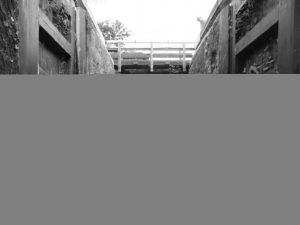
Coming to the end of our narrowboating journey, we took a quick trip to Fourteen Locks, a beautiful and series of locks with a sophisticated basin network, disconnected from the remains of the South Wales canal network. They’ve got a particular lock (lock 11), there, whose unusual shape hints at a function that’s no-longer understood, which I think it quite fabulously wonderful – that we could as a nation built a machine just 200 years ago, used it for a hundred years, and now have no idea how it worked.
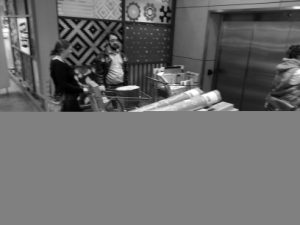
Our next stop was Ikea, where we’d only meant to buy a couple of shelves for our new home, but you know how it is when you go to Ikea.
We wrapped up our holiday with a visit to Sian and Andy (and their little one), and Andy showed off his talent of singing songs that send babies to sleep. I swear, if he makes an album of children’s songs and they’re as effective as he is in person, we’ll buy a copy.

Altogether, a wonderfully laid-back holiday that clearly knocked my sense of urgency so far off that I didn’t blog about it for several months.
Edit, 22 June 2018: after somebody from the Canal & River Trust noticed that my link to their page on the Brynich Aqueduct was broken after they’d rearranged their site, I removed it. They suggested an alternative page, but it didn’t really have the same content (about the aqueduct itself) so I’ve just removed the link. Boo, Canal & River Trust! Cool URIs Don’t Change!


